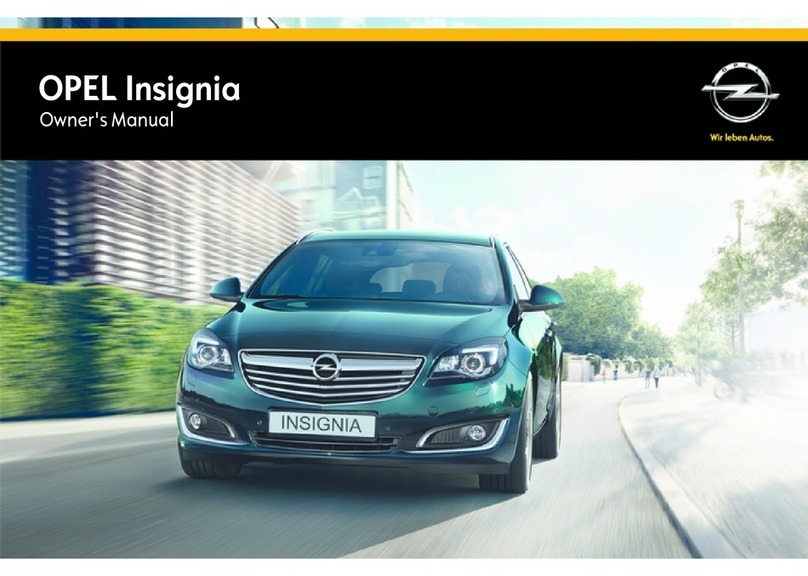Opel Blazer Instruction Manual
Other Opel Automobile manuals
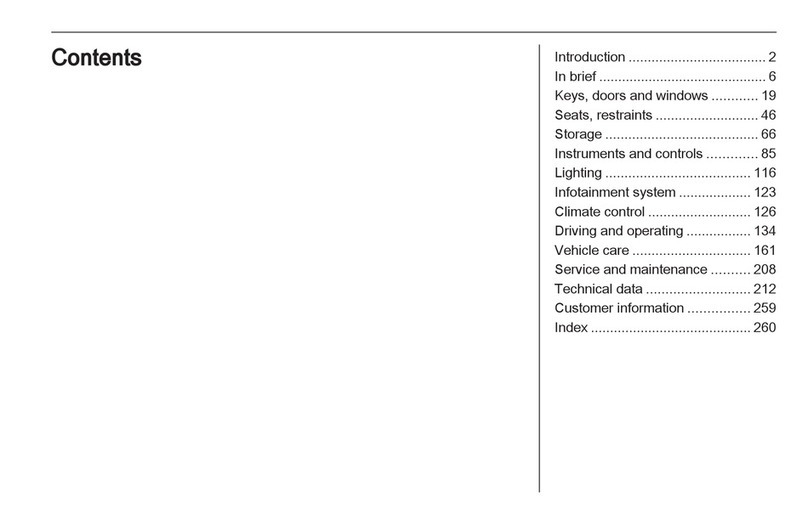
Opel
Opel Automobile User manual
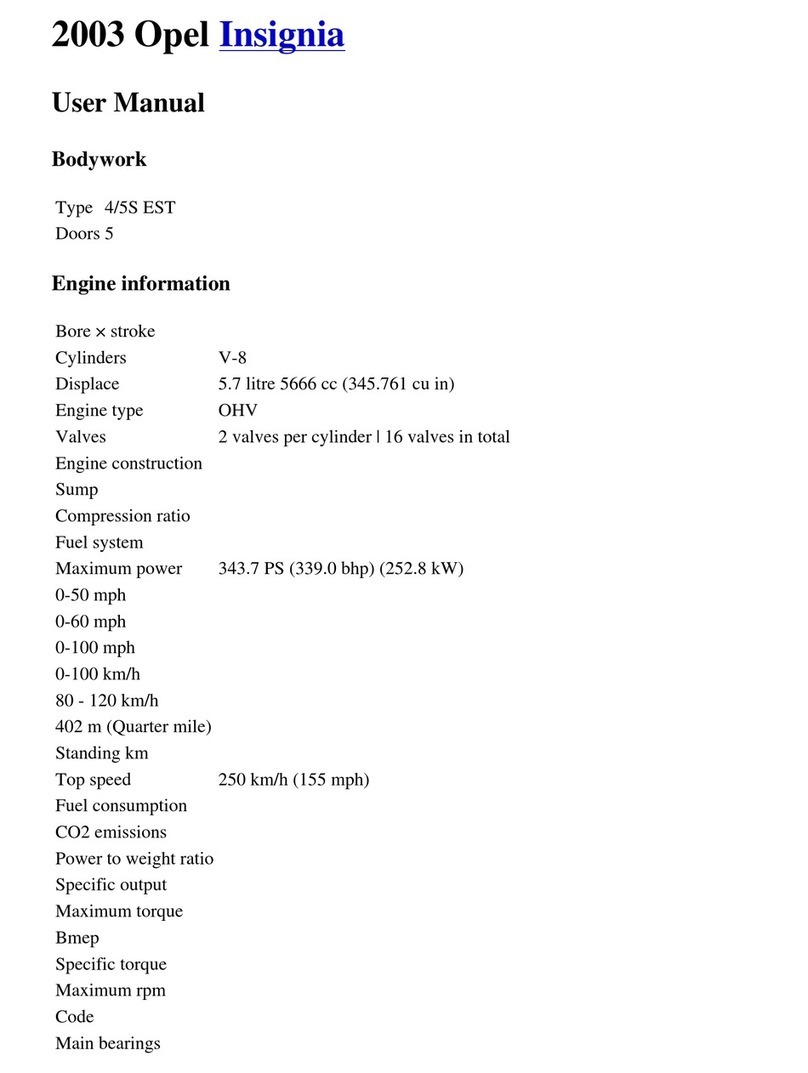
Opel
Opel 2003 Insignia User manual

Opel
Opel Automobile User manual
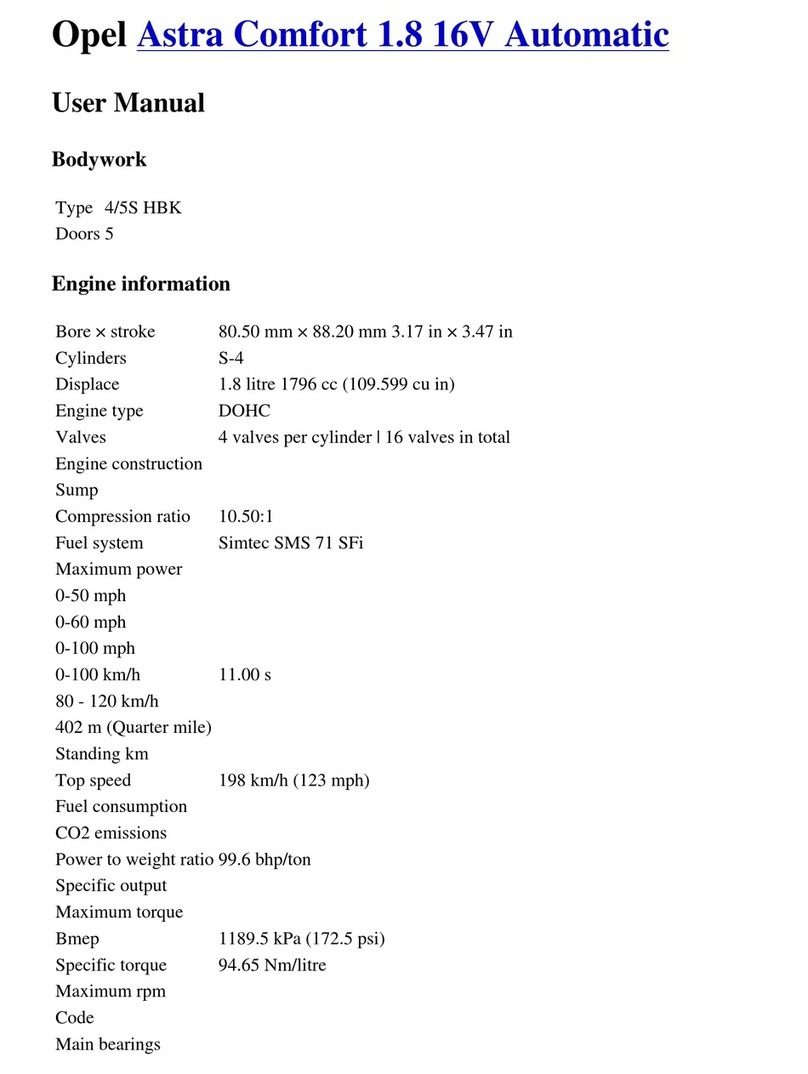
Opel
Opel 2010 Astra User manual

Opel
Opel COMBO-D User manual
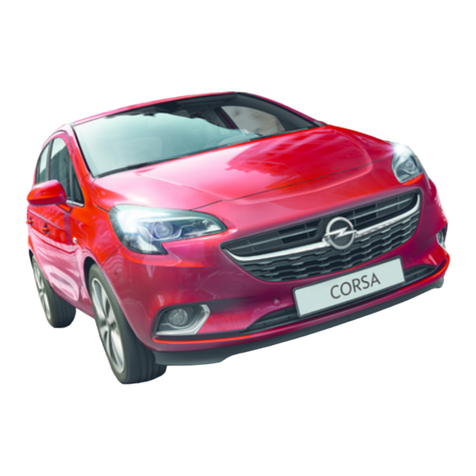
Opel
Opel 2011 Corsa User manual
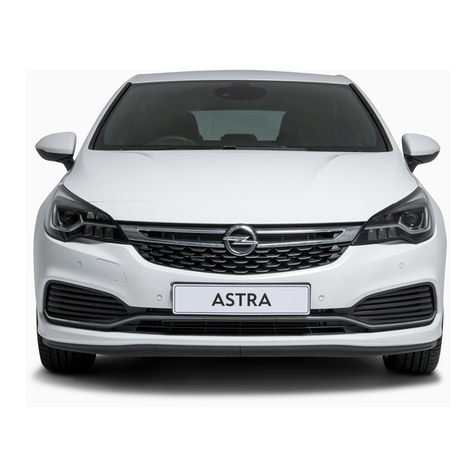
Opel
Opel 2016 ASTRA K User manual
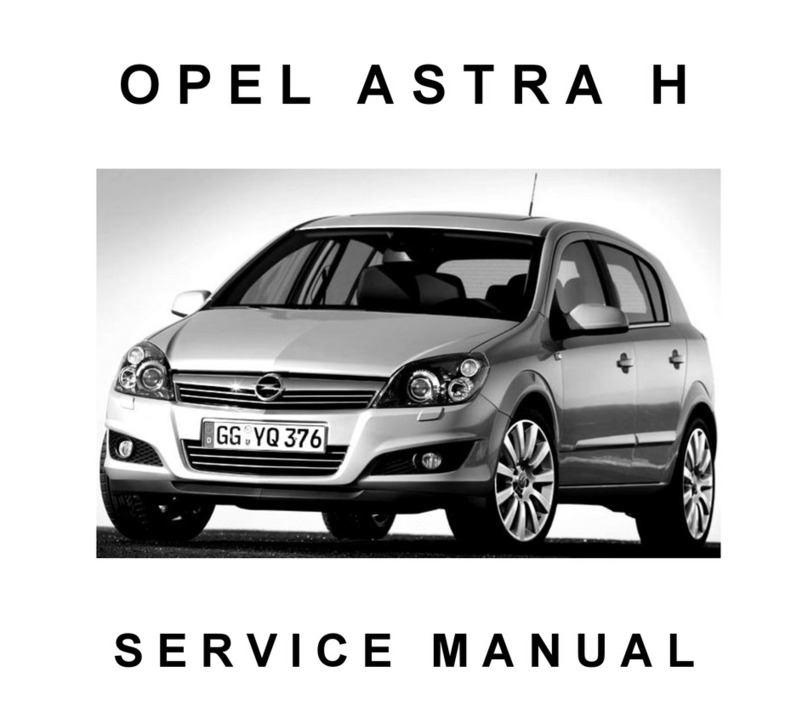
Opel
Opel ASTRA H 2004 User manual

Opel
Opel Vivaro C 2023 User manual
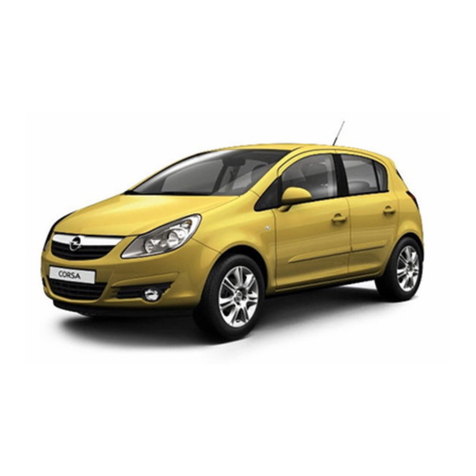
Opel
Opel Corsa 2010 User manual
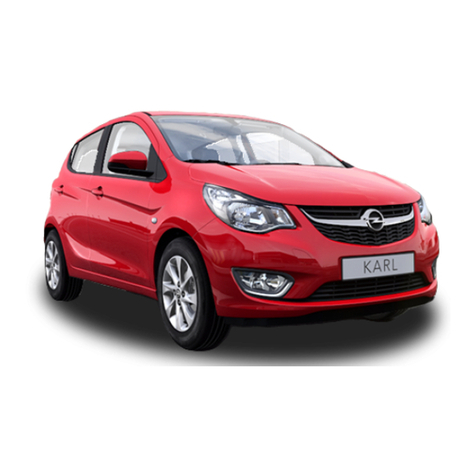
Opel
Opel KARL 2015 User manual

Opel
Opel ZAFIRA TOURER User manual

Opel
Opel Grandland X User manual

Opel
Opel 2011 Corsa User manual

Opel
Opel CASCADA User manual

Opel
Opel Tigra TwinTop User manual

Opel
Opel 2010 Astra User manual

Opel
Opel 2015 Mokka User manual

Opel
Opel Astra K 2020 User manual

Opel
Opel 2013 Corsa User manual



